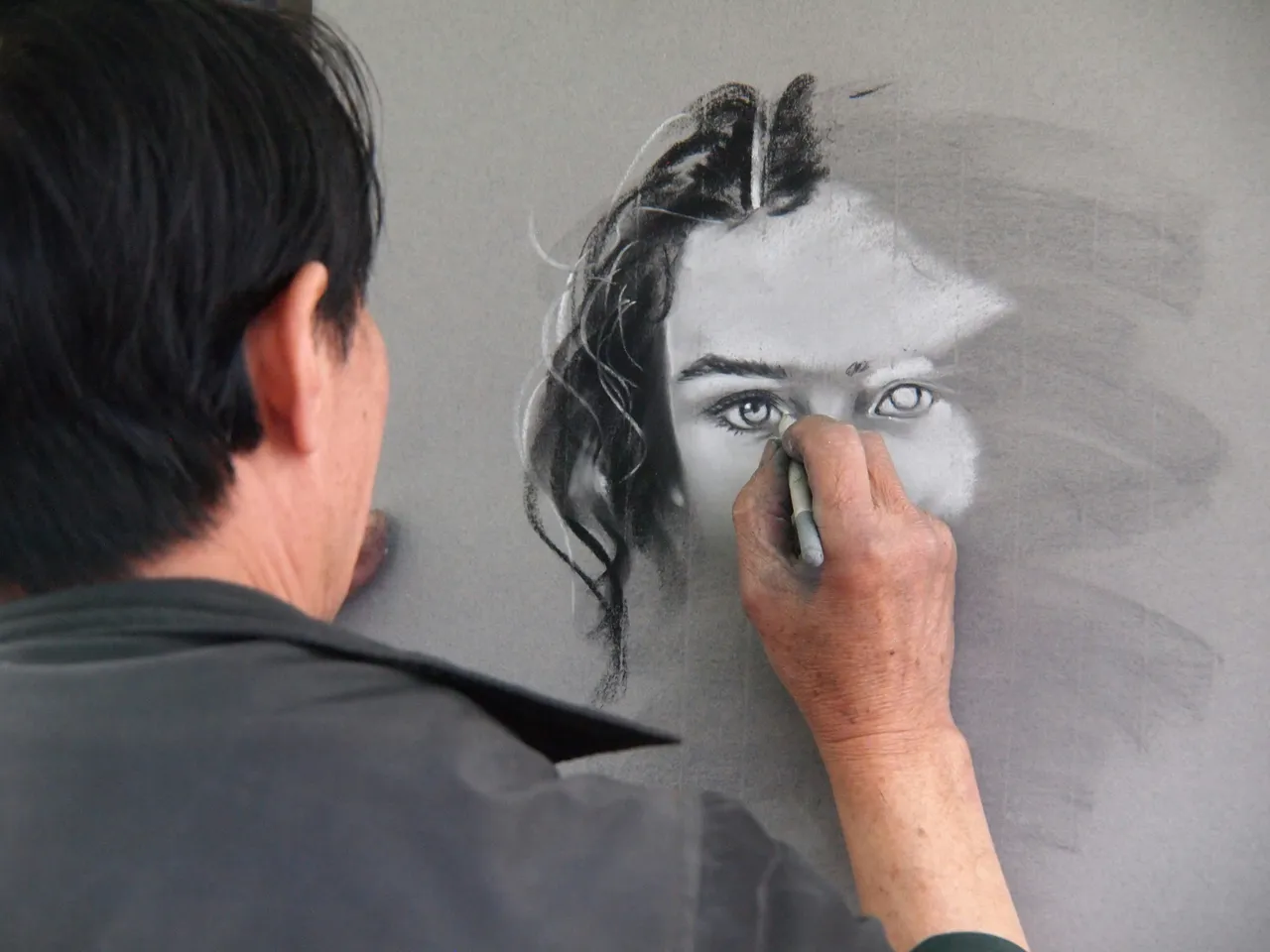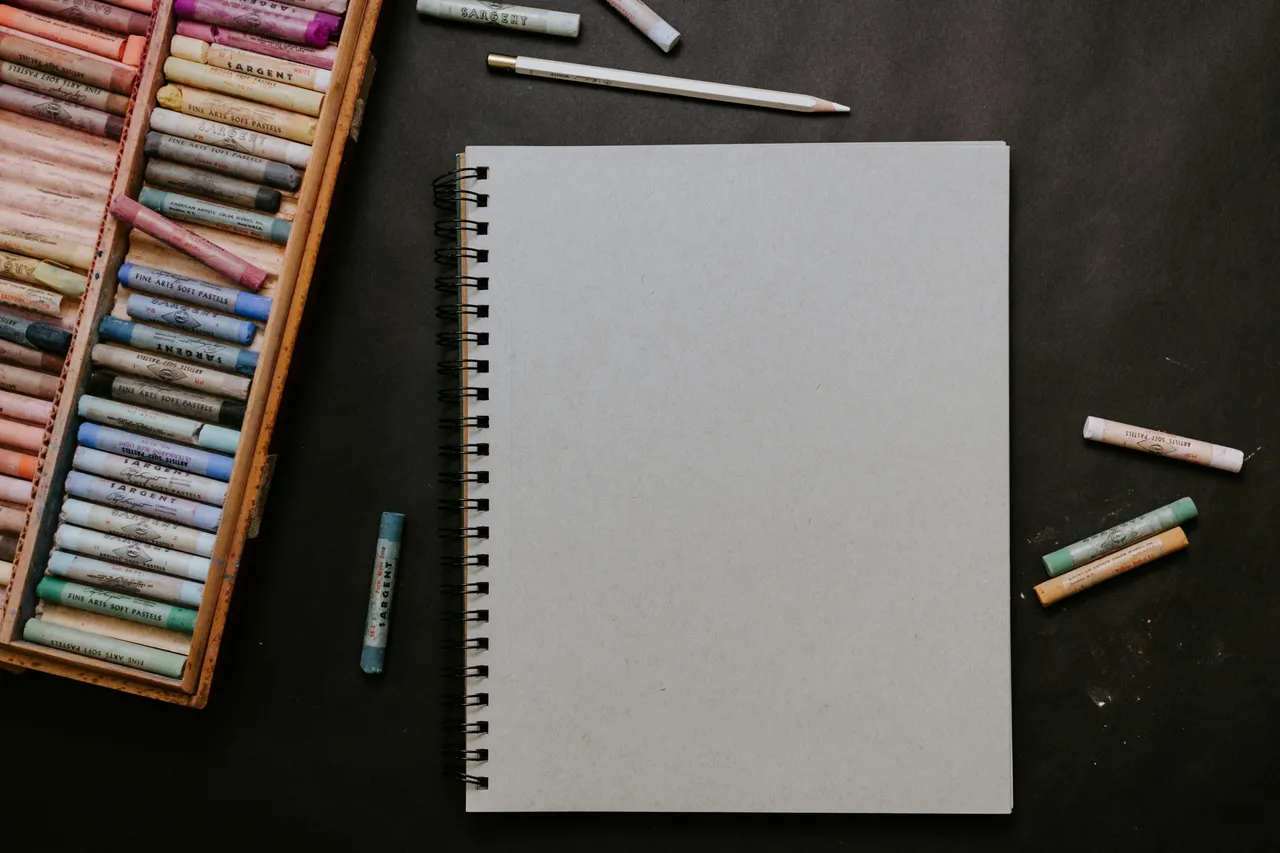
Image info
The Influence of Cultural Heritage on Modern Sustainable Art
Art has always been a reflection of culture, and as we move towards a more sustainable future, the influence of cultural heritage on modern sustainable art is increasingly significant. In a world threatened by environmental degradation, can the whispers of our ancestors guide us toward sustainable artistry? This article will explore how cultural heritage not only inspires modern sustainable art but also shapes the materials and methods used by contemporary artists. Specifically, we will analyze the integration of traditional materials, techniques, and ethical considerations in the works of artists, demonstrating how these elements contribute to a more sustainable art practice.
Cultural Heritage and Its Role in Art
Cultural heritage encompasses the customs, practices, and artifacts of a community. It serves as a foundation for artistic expression, providing a rich tapestry of inspiration for artists. For example, the work of artist Frida Kahlo embodies her Mexican heritage, using traditional symbols such as the jaguar and the sun to express her identity and experiences. These symbols not only reflect her cultural background but also engage with contemporary dialogues about sustainability and ecological issues. By drawing on their cultural heritage, artists can create works that resonate deeply with their identities and the histories of their communities. This connection to heritage enriches their art and fosters a sense of belonging and continuity.
Sustainable Art Practices
Sustainable art refers to artistic practices that prioritize environmental responsibility. This includes using eco-friendly materials, reducing waste, and employing techniques that minimize environmental impact. Sustainable art practices often draw from traditional materials and techniques rooted in cultural heritage. Artists are increasingly seeking ways to create art that aligns with their values of sustainability and respect for the planet. For example, many artists are turning to natural materials and traditional techniques that have been used for generations, ensuring that their work contributes positively to the environment. By adapting these practices, artists honor their heritage while addressing contemporary ecological challenges.
Examples of Integration
Many artists are successfully merging cultural heritage with sustainable practices. For instance, the artist El Anatsui utilizes discarded materials to create large-scale sculptures that reflect his Ghanaian heritage while addressing themes of waste and sustainability. His works, such as "Between Earth and Heaven," exemplify how cultural narratives can be woven into contemporary art, inviting viewers to consider the impact of consumption and waste. Similarly, Indian artist Subodh Gupta incorporates traditional motifs with contemporary materials, showcasing how cultural heritage can inform modern sustainable art. His use of stainless steel utensils, a staple in Indian households, not only reflects his cultural background but also addresses issues of waste and resourcefulness. These artists not only reflect their individual cultures through their choices but also challenge the viewer to rethink their relationship with waste and sustainability, thus enriching the dialogue around modern eco-art. Additionally, artists like Ai Weiwei use traditional Chinese materials and techniques to comment on contemporary issues, further demonstrating the global relevance of this integration.
Materials and Techniques
When creating sustainable art, artists can utilize materials that honor their cultural traditions. This includes using recycled papers, natural fibers, and indigenous techniques that emphasize resourcefulness. For example, artists may use indigo dye, a traditional material in many cultures, which is both sustainable and steeped in history. The practice of traditional papermaking, for instance, not only produces beautiful art but also connects artists to their cultural roots. By embracing these materials, artists can create works that are both environmentally sustainable and culturally significant. Techniques such as weaving with natural fibers or using clay from local sources can further enhance the cultural narrative embedded in the artwork.
Navigating Ethical Considerations
As artists explore cultural motifs and symbols, they must navigate the fine line between appreciation and appropriation. Cultural appropriation involves the unauthorized use of elements from one culture by another, often leading to a loss of meaning and significance. It is important to approach cultural elements with respect and understanding, ensuring that their works honor the cultural significance of the elements they incorporate. For instance, artist Yinka Shonibare has faced discussions around cultural appropriation, prompting important conversations about ownership and representation in art. The impact of appropriation on marginalized cultures can be profound, often stripping away the original context and significance of cultural elements. Artists can take proactive steps to prevent appropriation by collaborating with cultural representatives and ensuring that their works are informed by genuine engagement with the cultures they draw from. By highlighting these ethical considerations, artists can engage in meaningful dialogues about their work and its impact.
Community Engagement
Community plays a vital role in fostering sustainable art practices rooted in cultural heritage. Collaborative projects, such as the "Cultural Heritage and Sustainability" initiative in Australia, involve local artists and community members in creating art that reflects their shared heritage while promoting environmental sustainability. These initiatives not only strengthen community bonds but also raise awareness about the importance of cultural heritage in art. For example, the "Art for the Environment" project in New Zealand brings together artists and local communities to create public art installations that celebrate indigenous culture and environmental stewardship. Such projects have shown measurable impacts, including increased community engagement and a heightened awareness of environmental issues, demonstrating the power of art to inspire change.
Conclusion
The influence of cultural heritage on modern sustainable art is rich and complex. By integrating traditional practices with contemporary sustainable approaches, artists can create works that reflect their cultural identities while addressing pressing environmental issues. As we continue to explore the intersection of culture and sustainability, we encourage artists to embrace their heritage and let it inspire their creative journeys. Consider how you can incorporate elements of your cultural background into your sustainable art practices, and join the movement towards a more eco-conscious artistic future. Reflect on the stories your art can tell and the impact it can have on both your community and the environment, as these narratives are vital to fostering a sustainable and inclusive artistic landscape.
This article was developed using available sources and analyses through an automated process. We strive to provide accurate information, but it might contain mistakes. If you have any feedback, we'll gladly take it into account! Learn more

